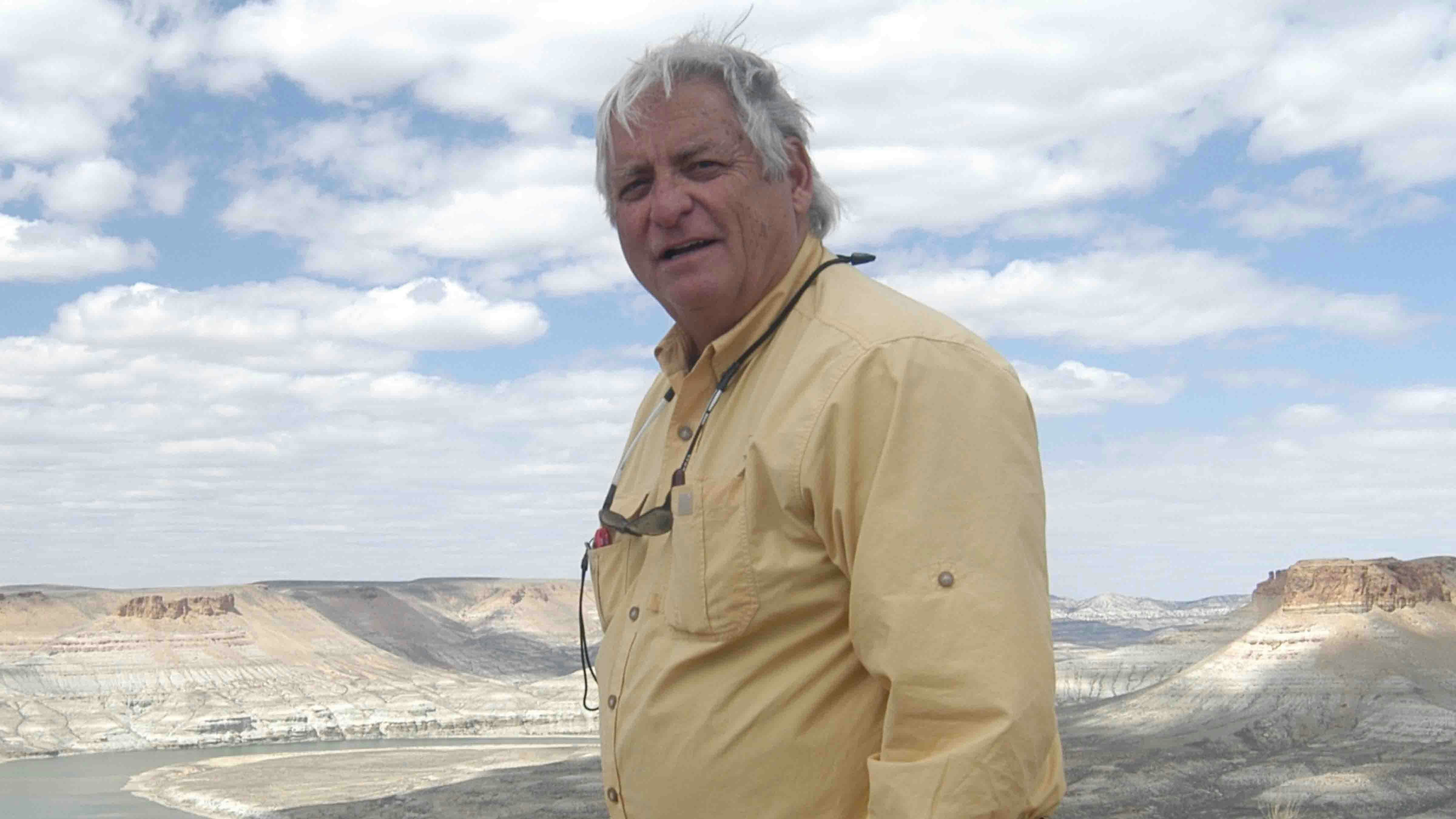Wyoming is famous for its beautiful unique places like Yellowstone Park, Devils Tower, Teton Mountain Range, and wonderful river systems but did you know it also contains the Big Hollow, the Wyoming Craton, and a unique place called the Gangplank?
I take my job very seriously about informing Wyoming people about all the familiar and unfamiliar sights and sites in the Cowboy State.
So here is my latest list of three Wyoming things to see.
The Big Hollow
According to tourism promoters in Albany County, in the Laramie Basin just west of Laramie lies an exceptional hole in the ground—the Big Hollow. It is nine miles long, four miles wide, and 200 feet deep in places. In 1980 it was designated a National Natural Landmark, not just for its size but also for its origins. The Big Hollow was dug by wind!
Everyone knows the wind blows hard in Laramie but this is proof that it is world class.
It is the largest deflation hollow in North America, but huge as it is, it’s easy to miss. While a mountain range stands above its surroundings and can be readily admired, a hollow lies below and is easily overlooked.
Wyoming Highway 130 traverses the north rim, and if you drive west from the airport for about seven miles, looking south from the road, you will soon grasp the immensity of the Big Hollow, even at 70 mph.
Do you find it hard to believe that wind carved such a big hole? Early geologists did too.
In 1909, Eliot Blackwelder reported that “wind has been an agent of great importance” in the Laramie Basin, and went on to describe the Big Hollow’s impressive dimensions.
Yet he was cautious in his assessment: “The region has not been glaciated, but its surface has been modified in detail and perhaps in gross by wind carving.”
Nelson Horatio Darton, the famous Rocky Mountain field geologist, struggled to understand the Big Hollow.
In his report that accompanied a 1910 geologic map of the Laramie area, Darton puzzled over the many hollows in the basin, especially the largest: “The precise conditions of their development are difficult to understand, as a vast volume of clay and sand has been removed from them; the amount removed from Big Hollow was more than 10,000,000,000 tons.”
Wyoming Craton
What is a craton? An excellent story by reporter Andrew Rossi in Cowboy State Daily explained:
Most of North America evolved around a solid piece of rock in Central Wyoming called the Wyoming Craton. A craton is a portion of the Earth’s crust that has not been deformed or modified for a significant amount of time.
This craton itself is almost entirely contained in Wyoming. Its southern boundary extends along the Medicine Bow Mountains to the Sierra Madre Mountains. The northern boundary extends into parts of western South Dakota and southern Montana, but the vast majority is within the state lines of Wyoming.
Identifying the Wyoming Craton is one thing. Explaining it is quite another, and the mysteries of it are just as resilient as its unchanging bedrock.
Dr. Ron Frost of the University of Wyoming said there’s no consensus on why the section of the planet’s crust under Wyoming has stayed so stable for so long.
“It’s very difficult to answer,” he said. “Was this something that was totally random, or was there something special about the fact these rocks are so old that the mantle beneath them was just rigid enough that deformation never took place? It’s a very interesting mystery that geologists still haven’t solved well.”
The Wyoming Craton’s stability is especially interesting, given the hyperactivity that created the Rocky Mountains. About 75 million years ago, massive forces inside forced the Rockies through the continental crust to form the rugged terrain of the Rocky Mountain region through what scientists call the Laramide orogeny.
The Wyoming Craton was discovered when Frost and others confirmed the age of Wyoming’s rocks and realized how old and unchanged, they are.
“Nothing has really happened (in the Wyoming Craton) in 2.5 billion years,” he said. “The Wyoming Craton is a portion of the Earth’s crust that has been very, very stable for a very long time.”
The Gangplank
The creation of a railroad across the country would have been far more difficult if not for an unusual land formation west of Cheyenne.
Called the gangplank, Mother Nature had carved a very long ramp up to the mountains which made building a railroad so much easier than having to resort to switchbacks.
The Interstate 80 highway also used this gangplank for its creation.
The Gangplank was discovered by accident in the Laramie Mountains (then called the Black Hills) in September 1865, when Gen. Grenville Dodge and troopers were escaping a hostile Indian party.
They had scrambled down a ridge south of Crow Creek escaping to the plains below. General Dodge told his guide "If we can save our scalps, I believe we've found a pass through which the Union Pacific can go.
This was the route chosen for the transcontinental railroad two years later. The gangplank was used for the transcontinental Lincoln Highway (conceived 1912, dedicated 1913) and four decades later for Interstate 80 (designated 1956, completed 1986).
Other Oddities
Sinks Canyon near Lander, Blackwater Arch west of Cody, Firehole Canyon on the Green River, the Vore Buffalo Jump east of Moorcroft, Heart Mountain between Powell and Cody, and lots of other oddities will be discussed in future columns.
Please share with me if you know of some unusual Wyoming oddities.





